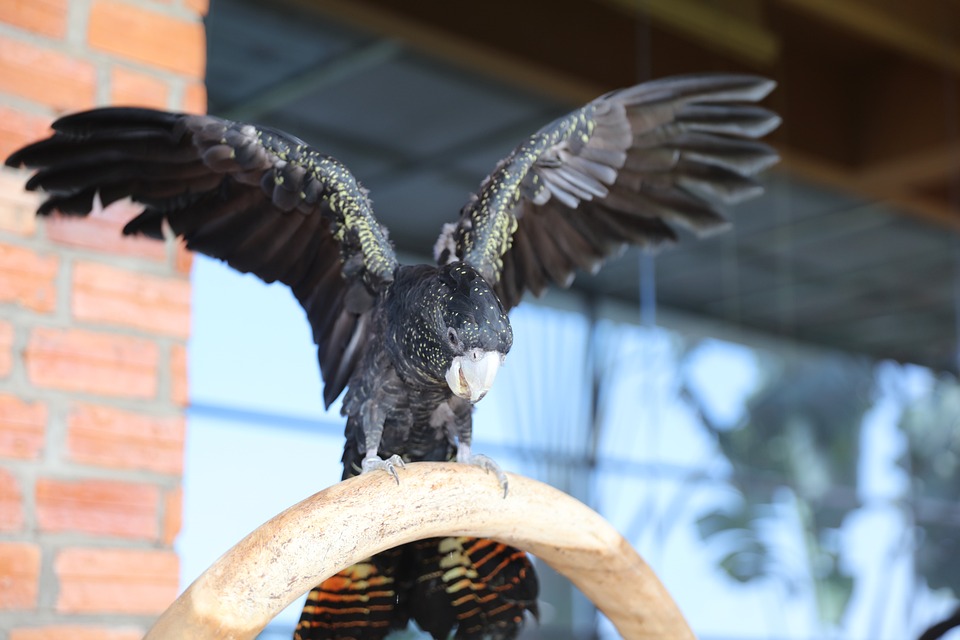Parrot behavior is a fascinating subject that continues to intrigue both pet owners and researchers alike. One aspect that plays a crucial role in understanding parrot behavior is the use of nesting materials. In this article, we will explore the significance of nesting materials for parrots and how they can influence their behavior.
Parrots, like many other birds, have a natural instinct to build nests as a means of protection and reproduction. By offering suitable nesting materials, such as twigs, leaves, and natural fibers, pet owners can create a secure environment for their parrots. These materials give parrots a sense of safety and allow them to exhibit their innate nesting behaviors, which can contribute to their overall well-being.
Nesting materials play a vital role in stimulating a parrot’s natural instincts. By providing appropriate materials, you can trigger their nesting behavior, which may include nest building, arranging materials, and even vocalizations associated with courtship and mating rituals. This stimulation not only provides physical exercise but also engages their cognitive abilities, keeping them mentally stimulated and emotionally fulfilled.
Nesting materials can also aid in strengthening the bond between parrots and their human companions. When parrots are provided with suitable nesting materials, they associate their positive experiences with their owners. Additionally, these materials offer comfort and warmth, creating a cozy environment that promotes relaxation and contentment for your feathered friend.
Now, let’s answer some frequently asked questions about parrot behavior and nesting materials:
Q1: What types of nesting materials are suitable for parrots?
A: Suitable nesting materials for parrots include natural fibers like coconut fibers, straw, and grasses. Avoid materials that may be harmful, such as toxic plants or synthetic fibers that can be ingested and cause health problems.
Q2: How can I encourage my parrot to use nesting materials?
A: Place the nesting materials in accessible areas of your parrot’s enclosure or cage. Observe their behavior, and if they show interest in arranging the materials, provide positive reinforcement by praising and rewarding them.
Q3: Can nesting materials reduce destructive behaviors in parrots?
A: Yes, providing appropriate nesting materials can help redirect destructive behaviors to more constructive activities, such as nest building. This can help alleviate boredom and frustration in parrots.
Q4: Are there any risks associated with nesting materials?
A: While nesting materials offer numerous benefits, it’s essential to regularly inspect them for cleanliness and potential hazards. Remove any soiled or damaged materials promptly to maintain a safe environment for your parrot.
Q5: Can nesting materials be used for all parrot species?
A: Yes, nesting materials can be beneficial for various parrot species. However, it’s crucial to consider the specific needs and behaviors of your parrot’s species to provide suitable materials.
Understanding parrot behavior is a continuous learning process, and the role of nesting materials is an integral part of this exploration. By understanding the importance of nesting materials and providing suitable options for your parrot, you can create a nurturing environment that supports their natural instincts and enhances their overall well-being.









